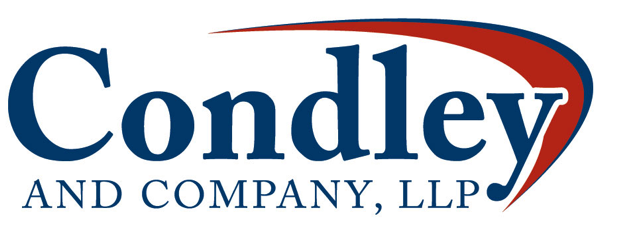
Compliance trends can be complicated and difficult to plan for over the short term. The first quarter could bring an onslaught of new regulations, while the second quarter might show only a few minor changes. The first three quarters of 2014 showed 223 regulatory changes, indicating that the sheer volume of changes will move compliance higher and higher on the agenda for community financial institutions. If we are able to step back and take a look at the big picture, it can be easier to find and prepare for long-term trends. As 2015 gets started, here are three compliance trends bankers should be ready for in the year to come.
- Fostering a culture of compliance will become increasingly important
Banks often manage compliance issues in a provisional way – reacting to regulation crackdowns as new rules are issued. There needs to be a shift from targeted, reactive compliance tasks to an intentional and holistic process of compliance.
- Regulators will insist on formal compliance structures, regardless of institution size
Increasingly so, inspectors are cracking down on both large and small banks that are unable to demonstrate sound and consistent compliance procedures across all areas. Formalizing your institution’s processes is paramount, and can actually be a relatively easy process, requiring an assessment of all compliance areas (risk assessment, policies, procedures, monitoring) and ensuring that you have well-documented and uniform processes in place across the entire organization. Typically, this is a heavily manual process that should be updated to become automated, which brings us to our next trend.
- Automation will become an inevitable necessity
In reviewing automation solutions, the real key to solving compliance problems lies in the transition from “compliance as a project” to “compliance as a process”. Across the board, all employees playing a role in compliance should be involved and included in a holistic plan. In addition to saving time, automated solutions can be cost effective – as well as reducing overall risk.
While there is no hard number for how many new regulations 2015 may bring, banks can safely assume that increased scrutiny will come under banks in how they manage compliance. Banks must be ready to adapt to a regulatory environment prone to constant change. Incorporation of automated systems, formal processes, and an institution-wide commitment to compliance will be key to banks’ success in the upcoming years.
To read the full article, please visit www.banktech.com.
